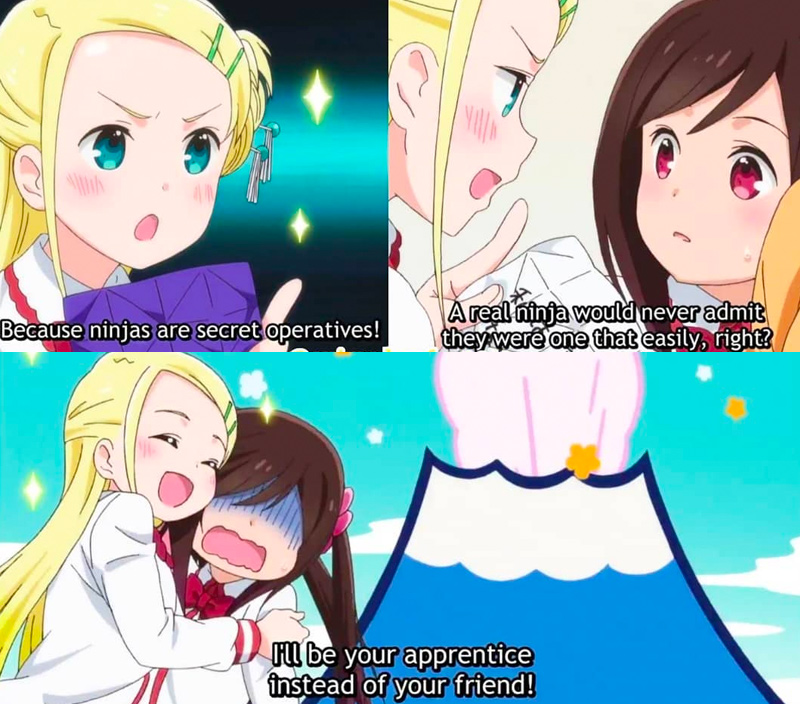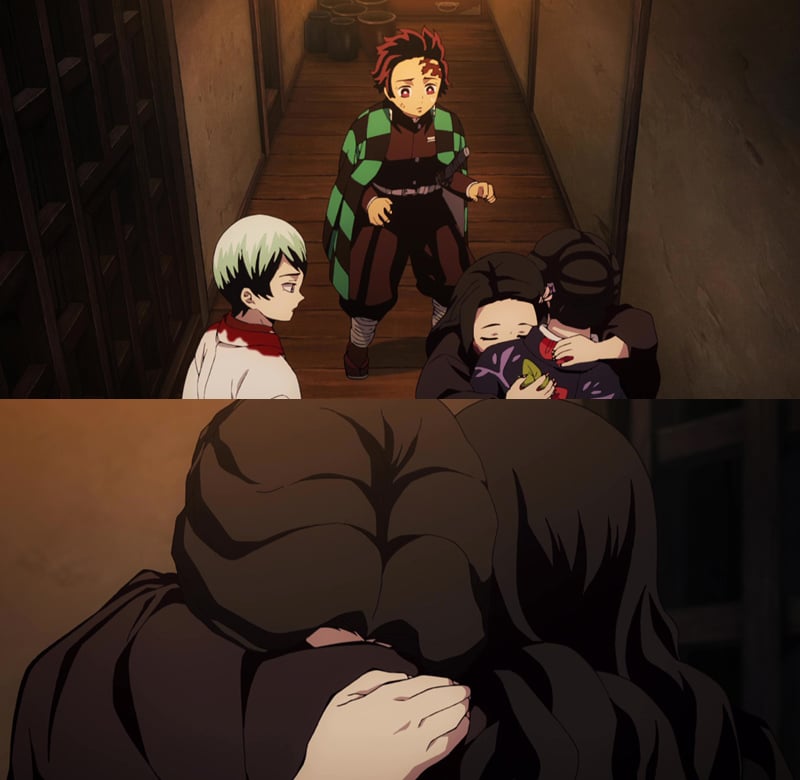
Anime is fun because, in addition to seeing stories of shield heroes and raccoon girls doing battle in exotic isekai worlds, we’re also exposed to ideas, values, and language that are alien to our own home countries, which is always a good thing. We’re able to learn at least a subset of Japan’s culture, meet inspiring heroic characters who can motivate us in life, and perhaps be a little more chill about alternate kinds of relationships, since most young people today grew up watching the “cousins with benefits,” Sailor Uranus and Neptune. Yes, anime definitely broadens our horizons more than a little.
For fans who watch anime in Japanese with subtitles, there are some potentially confusing areas, including Japan’s famous name suffixes, which might be difficult to parse the first few times you encounter them. Japanese speakers add the appropriate name suffix when addressing someone, depending on whether that person is someone they need to show respect to, reinforce a close friendship with, and so on. Let’s look at some of the major ones…
- -san, the most famous name suffix, which can always be used with family names (Yamada-san), or given names (Hanako-san), adds formality and distance between you and the target. When I visit our snack distributors, the staff here calls me “J-List-san” since I represent our company.
- -chan, used for informal relationships, principally with people younger than you, or girls. The -chan ending can be used for boys (if the relationship is especially close) and for family members (e.g. Oniichan instead of Oniisan). In some situations, it can be considered sekuhara (sexual harassment) to add -chan to a girl’s name in an inappropriate situation, such as a company.
- -kun, mostly used for boys, though there are plenty of examples of it being used for females, for example in a strict educational or military setting.
- -senpai, meaning upperclassman (in school) or a senior member in a company or other organization.
- No name suffix at all, e.g. using the person’s given name only (“Hanako”), which in Japanese indicates a very close relationship. In School Days, there’s a silly scene where Makoto and Kotonoha are unable to call each other by their given names, even though they’re officially dating.
- A nickname, which can only be used by members of a close group of friends. Often characters in anime obsess about not having been given a nickname, which keeps them from feeling like members of the group.
One fun show currently airing this season has been Hitoribocchi no ○○ Seikatsu, or Hitori Bocchi’s ○○ Lifestyle, about a girl with extreme social anxiety. A few episodes in and she’s finally made some friends, but still feels distant from the foreign girl Sotoka, who’s come to Japan to learn the ways of the ninja. Bocchi wants to become friends with Sotoka and call her “Sotoka-chan” like she does her other friends, but because she’s gotten into a teacher-apprentice situation with the girl, she can only call her “Sotoka-san,” until she’s finally able to break through the linguistic barrier later in the episode.
Do you think we have these kinds of linguistic levels in English but aren’t aware of it? Tell us what you think on Twitter!
Great news! Father’s Day is this weekend, and J-List is giving everyone a chance to save 10% off all items on the site (except for preorders and J-List Boxes, which are already discounted) using code FATHER. Whether you’re ordering something for Dad or are a Dad yourself, it’s a great chance to browse and buy right now!
















